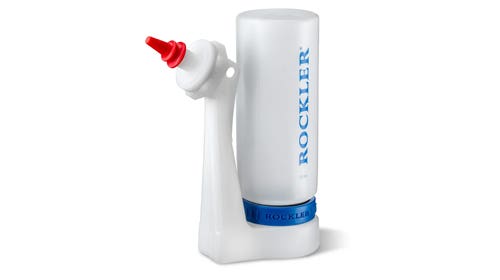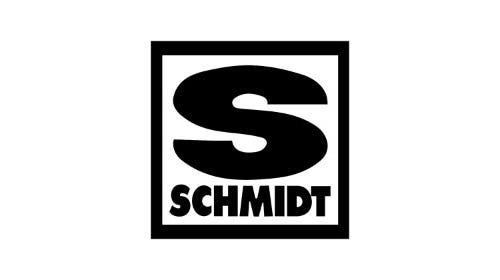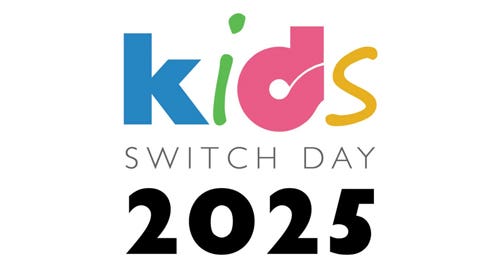Genuine mahogany sales fade
Genuine mahogany, once the kingpin of imported species, is now just a tiny blip on the wood markets’ radar screen. In November 2003, the Convention on International Trade in Endangered…
Genuine mahogany, once the kingpin of imported species, is now just a tiny blip on the wood markets' radar screen.
In November 2003, the Convention on International Trade in Endangered Species of Wild Fauna and Flora (CITES) imposed stricter regulations on mahogany trade by officially listing it on CITES Appendix II. Shipping of genuine mahogany in the form of logs, sawn wood, veneer sheets and plywood, must be accompanied by a CITES Appendix II export permit.
Shipments from Brazil stopped, supplies from Peru and Bolivia dwindled to a trickle and mahogany brought in from Guatemala and Mexico are generally considered to be of inferior quality. The end result is that supplies are down, the price is up, the quality is down and the public seems to be turned off. It's not a pretty picture for most dealers who based the majority of their overall sales on mahogany.
"It's classic supply-and-demand; the price goes up and demand falls off," says Doug Newman of Newman Lumber Co. in Gulfport, Miss., one of the largest mahogany wholesalers in the country. "The price shot up, doubled, so demand fell off. There is still a demand for it, it is still available, but at the price point that it is at, the market for it has certainly declined. The price has been stable for the last two years. Between 2002 and 2007 the price doubled."
"I think mahogany basically is a market that has to be re-established, has to be reintroduced," says William von der Goltz, a wholesale importer with Downes & Reader Hardwood Co., based in Stoughton, Mass. "It went so low to a point that people almost forgot about it. Mahogany, as far as a species is concerned, in my humble opinion has to be reintroduced, almost like a new species."
Genuine mahogany (Swietenia macrophylla), also known as Honduras mahogany, Bigleaf mahogany and South American mahogany, is exported in the form of logs, sawn wood, veneer sheets and plywood. Mahogany trees reach heights up to 150' with trunk diameters as large as 7'. Its primary growing region is South America and, to a lesser degree, in Central America and small portions of Mexico. It is the most valuable timber species in its growth area and its uses include fine furniture, architectural millwork, paneling, cabinetry and boatbuilding.
Nationally, retail prices for kiln-dried 4/4 FAS genuine mahogany, surfaced on two sides, continued to be widespread. Prices from $8.25 to $10.25/bf were quoted for boards in the 6" to 8" width range. Pricing continued to escalate as widths increased. Several dealers offer mahogany in thicknesses from 4/4 through 16/4.







